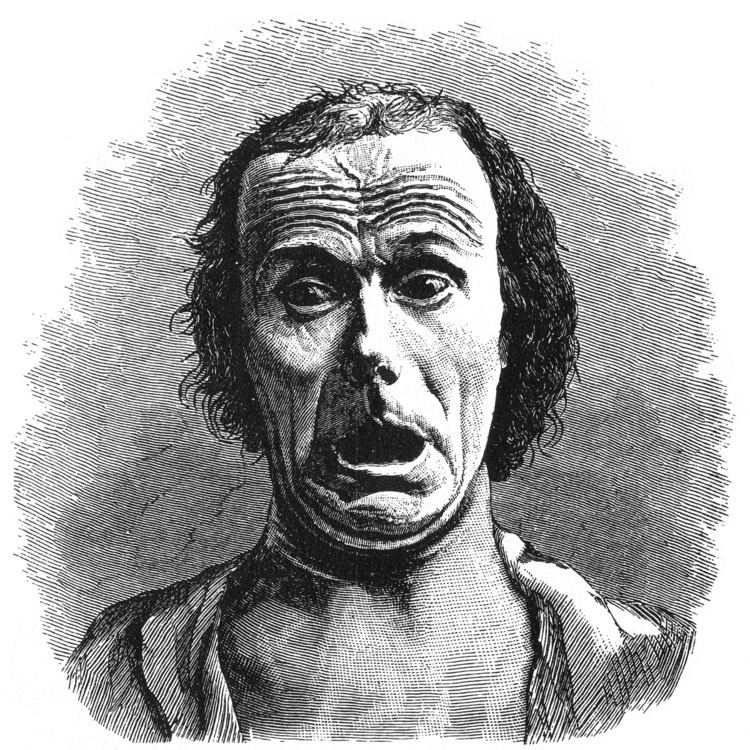 | ||
The distinction between horror and terror is a standard literary and psychological concept applied especially to Gothic literature and film. Terror is usually described as the feeling of dread and anticipation that precedes the horrifying experience. By contrast, horror is the feeling of revulsion that usually occurs after something frightening is seen, heard, or otherwise experienced. It is the feeling one gets after coming to an awful realization or experiencing a deeply unpleasant occurrence. In other words, horror is more related to being shocked or scared (being horrified), while terror is more related to being anxious or fearful. Horror has also been defined as a combination of terror and revulsion.
The distinction between terror and horror was first characterized by the Gothic writer Ann Radcliffe (1764–1823). Terror is characterized by "obscurity" or indeterminacy in its treatment of potentially horrible events; it is this indeterminacy which leads to the sublime. She says in the essay that it "expands the soul and awakens the faculties to a high degree of life". Horror, in contrast, "freezes and nearly annihilates them" with its unambiguous displays of atrocity. She goes on: "I apprehend that neither Shakespeare nor Milton by their fictions, nor Mr Burke by his reasoning, anywhere looked to positive horror as a source of the sublime, though they all agree that terror is a very high one; and where lies the great difference between horror and terror, but in uncertainty and obscurity, that accompany the first, respecting the dreader evil."
According to Devendra Varma in The Gothic Flame (1966):
The difference between Terror and Horror is the difference between awful apprehension and sickening realization: between the smell of death and stumbling against a corpse.
Horror is also a genre of film and fiction that relies on horrifying images or situations to tell stories and prompt reactions in their audiences. In these films the moment of horrifying revelation is usually preceded by a terrifying build up, often using the medium of scary music.
In his non-fiction book Danse Macabre, Stephen King elaborated on the themes of terror and horror, also adding a third element which he referred to as "revulsion". He describes terror as "the finest element" of the three, and the one he strives hardest to maintain in his own writing. Citing many examples, he defines "terror" as the suspenseful moment in horror before the actual monster is revealed. "Horror," King writes, is that moment at which one sees the creature/aberration that causes the terror or suspense, a "shock value". King finally compares "revulsion" with the gag-reflex, a bottom-level, cheap gimmick which he admits he often resorts to in his own fiction if necessary, confessing:
"I recognize terror as the finest emotion and so I will try to terrorize the reader. But if I find that I cannot terrify, I will try to horrify, and if I find that I cannot horrify, I'll go for the gross-out. I'm not proud."
